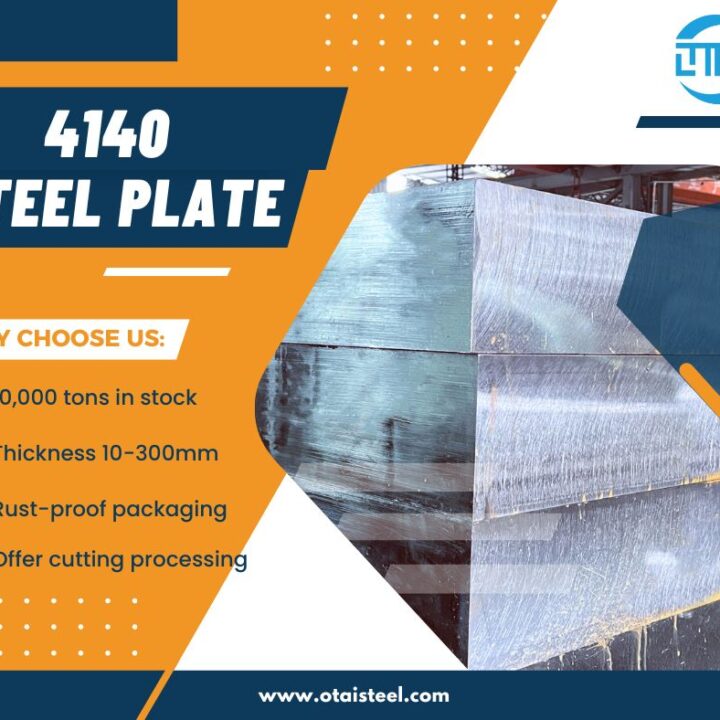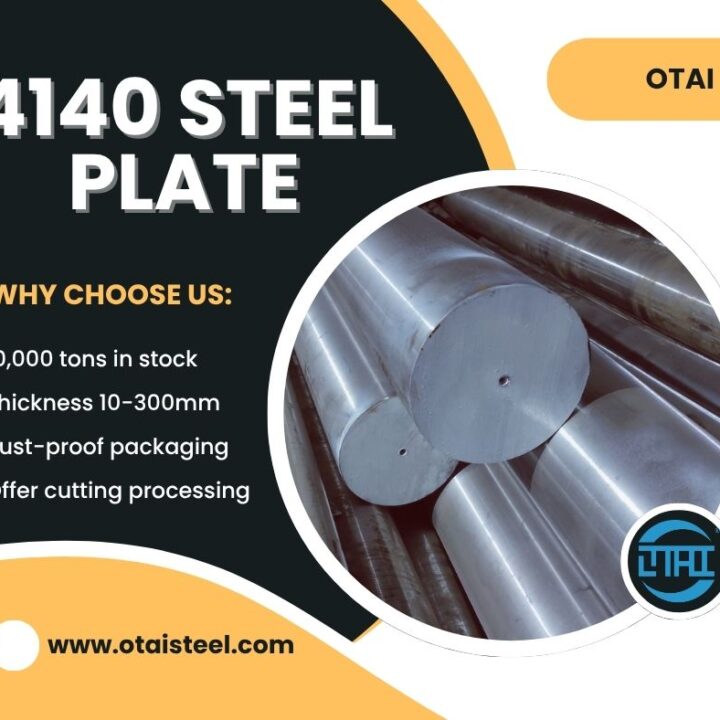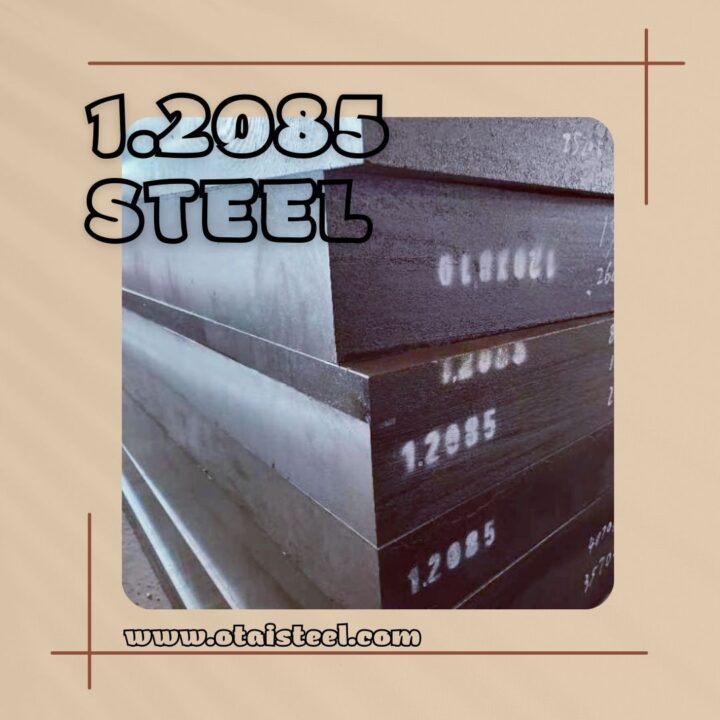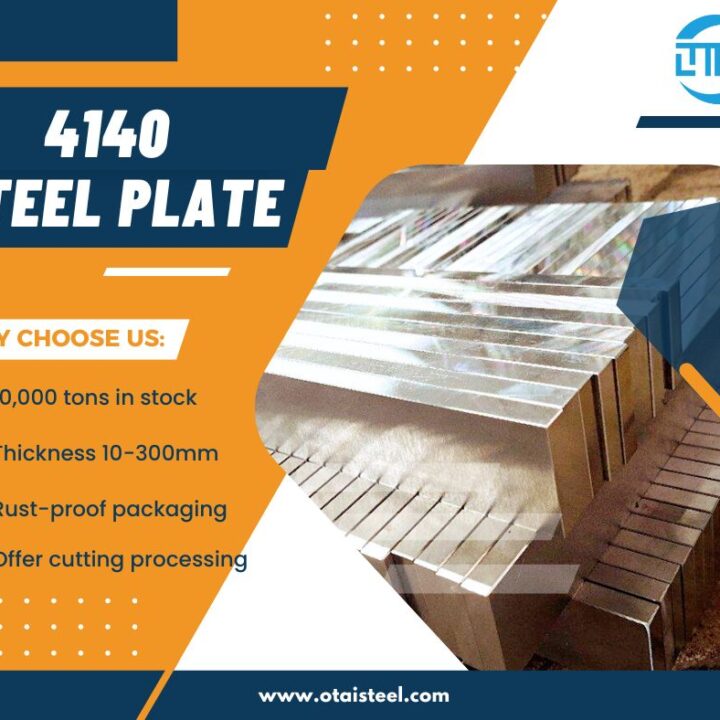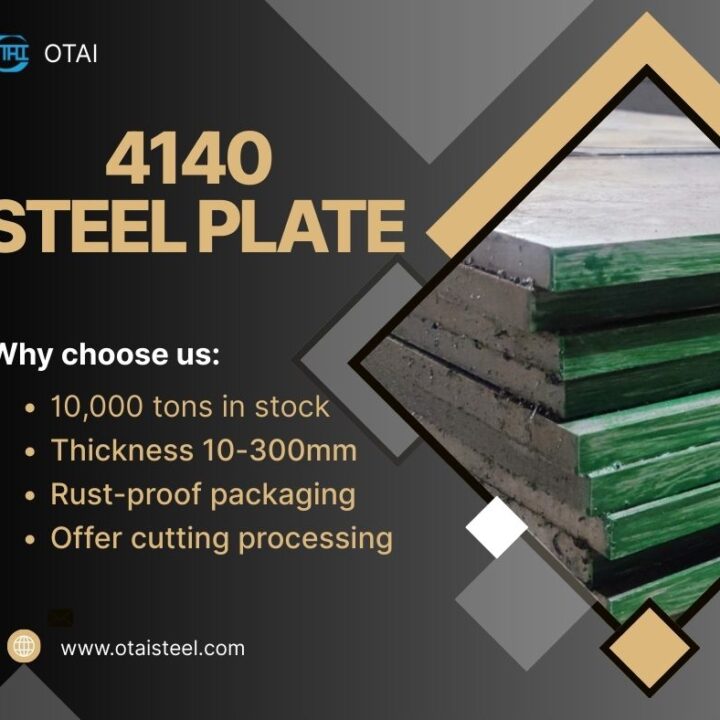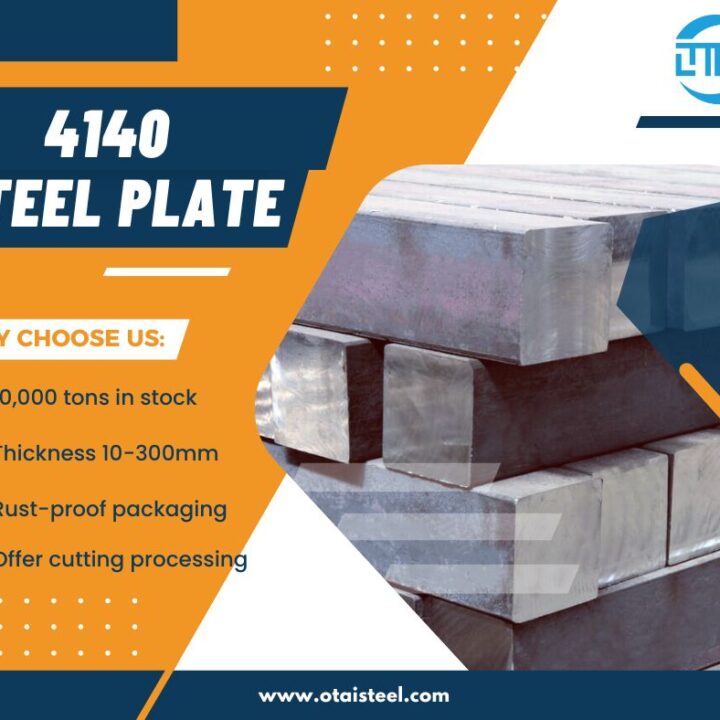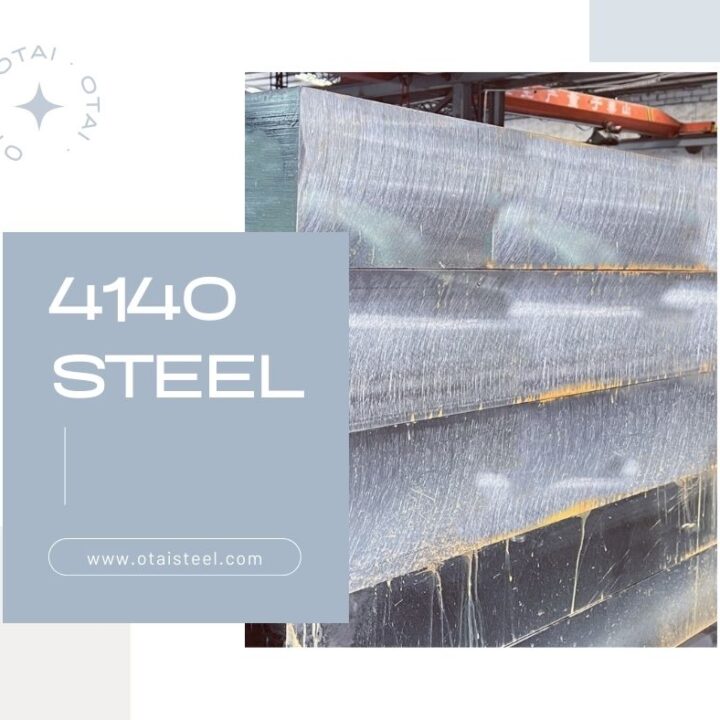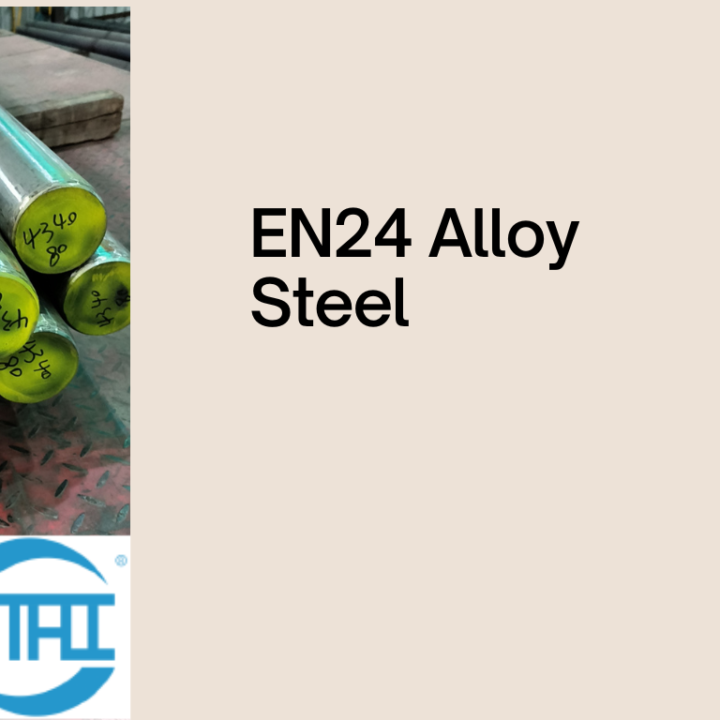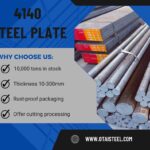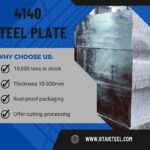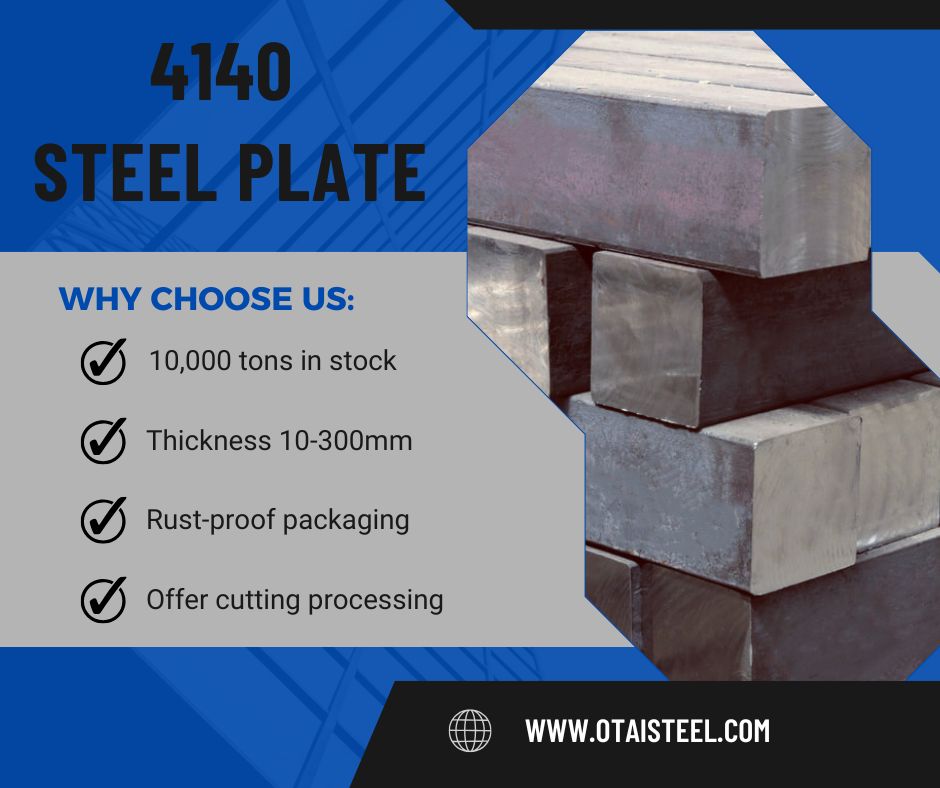
When choosing steel for engineering or manufacturing projects, hardness is one of the most important factors to consider. The hardness of 4140 steel directly affects its wear resistance, machinability, and ability to withstand stress. Known as a versatile chromium-molybdenum alloy steel, 4140 is widely used in automotive, aerospace, and oil & gas industries thanks to its balance of toughness, strength, and hardness.
In this guide, we’ll explore the hardness levels of 4140 in different heat treatment conditions, compare it with other steels, and provide practical insights for real-world applications.
🔎 What Does Hardness Mean in Steel?
Hardness is the ability of a material to resist deformation, indentation, or scratching. In steels, it is usually measured using:
-
Rockwell Hardness (HRC): common for hardened steels.
-
Brinell Hardness (HB): often used for annealed steels.
-
Vickers Hardness (HV): precise micro-hardness measurement.
For 4140 alloy steel hardness, the value changes dramatically depending on whether the steel is annealed, normalized, quenched, or tempered.
⚙️ Typical Hardness of 4140 Steel
The hardness range of 4140 steel depends on its treatment condition.
| Condition | Hardness (HB) | Hardness (HRC) | Notes |
|---|---|---|---|
| Annealed (soft) | 197 – 235 HB | ~ 20 – 22 HRC | Best machinability |
| Normalized | 200 – 250 HB | ~ 22 – 25 HRC | Better strength |
| Quenched & Tempered (QT) | 248 – 302 HB | 28 – 32 HRC | Most common condition |
| Hardened (oil/water quench) | 55 – 60 HRC | – | Maximum hardness, brittle |
| Nitrided surface | up to 65 HRC | – | Extreme wear resistance |
This shows that quenched 4140 steel hardness strikes the best balance for industrial use, while annealed 4140 is softer and easier to machine.
🛠 Factors Affecting the Hardness of 4140 Steel
-
Heat Treatment – The most important factor. Quenching increases hardness, tempering adjusts toughness.
-
Cooling Rate – Faster cooling (oil/water quench) produces higher hardness but increases brittleness.
-
Alloying Elements – Chromium and molybdenum improve hardenability and toughness.
-
Surface Treatments – Nitriding or carburizing can dramatically increase 4140 steel surface hardness.
📊 Comparison of 4140 Hardness with Other Steels
| Steel Grade | Hardness (HRC) | Key Characteristics |
|---|---|---|
| Mild Steel (1018) | 10 – 15 | Soft, easy machining |
| 4140 Steel (QT) | 28 – 32 | Strong, tough, good wear resistance |
| 4340 Steel | 30 – 40 | Higher toughness, harder to machine |
| Tool Steel D2 | 55 – 62 | Extremely hard, less machinable |
| Stainless 304 | ~ 15 – 20 | Corrosion resistant, low hardness |
This comparison shows why 4140 hardness vs 4340 is often discussed. While 4340 is harder, 4140 is easier to machine and still provides excellent toughness.
🚀 Applications Requiring Specific Hardness Levels
The hardness of quenched and tempered 4140 steel makes it ideal for parts that need wear resistance but must avoid brittleness. Common applications include:
-
Automotive: crankshafts, gears, axles.
-
Aerospace: landing gear, engine components.
-
Oil & Gas: drill collars, tool joints, downhole tools.
-
Industrial Machinery: spindles, couplings, press tools.
For applications where surface wear is critical, nitrided 4140 steel hardness (up to 65 HRC) is preferred.
✅ Tips for Engineers and Buyers
-
Select annealed 4140 hardness if machining is your priority.
-
Choose quenched & tempered 4140 hardness for balanced performance.
-
Apply nitriding treatment when high surface wear resistance is needed.
-
Always confirm hardness through Rockwell or Brinell hardness tests before final machining.
-
Partner with a supplier who can provide steel in the hardness condition you require.
💎 Company Advantage – Why Choose Otai Special Steel?
At Otai Special Steel, we ensure consistent 4140 hardness quality through strict heat treatment and testing. Our advantages:
-
✅ Large stock: 10,000+ tons in annealed, normalized, QT, and pre-hardened conditions.
-
✅ Hardness guaranteed with UT testing, chemical analysis, and hardness test reports.
-
✅ Size range: plates and bars from 6mm to 300mm thickness.
-
✅ Customized services: cutting, heat treatment, and surface processing.
-
✅ Trusted by global clients: Thyssenkrupp, Borealis, Schlumberger.
We help you save machining time, reduce risk, and get the exact hardness condition you need.
❓ FAQ
1. What is the hardness of annealed 4140 steel?
Around 197 – 235 HB (~20 – 22 HRC).
2. Quenched 4140 steel’s hardness?
Typically 28 – 32 HRC, depending on tempering.
3. Can 4140 steel reach 60 HRC?
Yes, after oil or water quenching, but it becomes brittle.
4. How to increase surface hardness of 4140 steel?
Nitriding can increase surface hardness up to 65 HRC.
5. Why is 4140 hardness important in industrial use?
It determines wear resistance, load capacity, and machinability balance.

